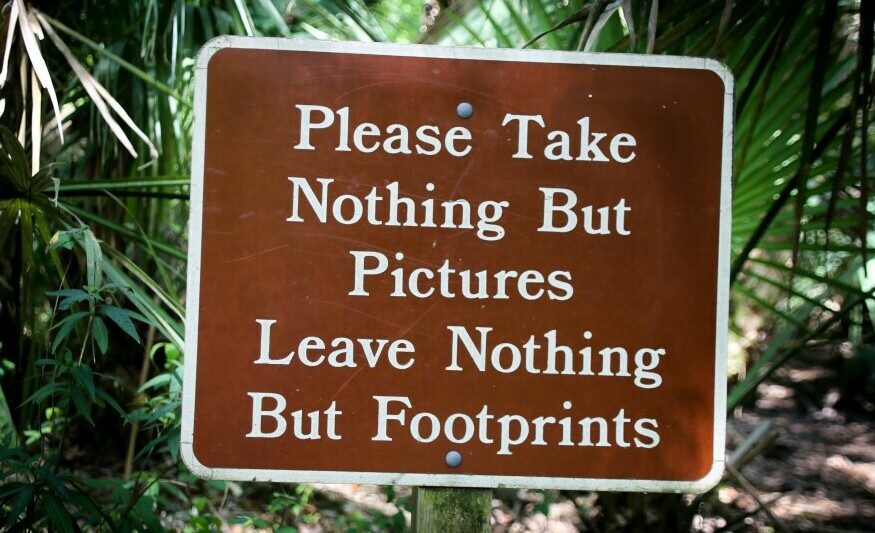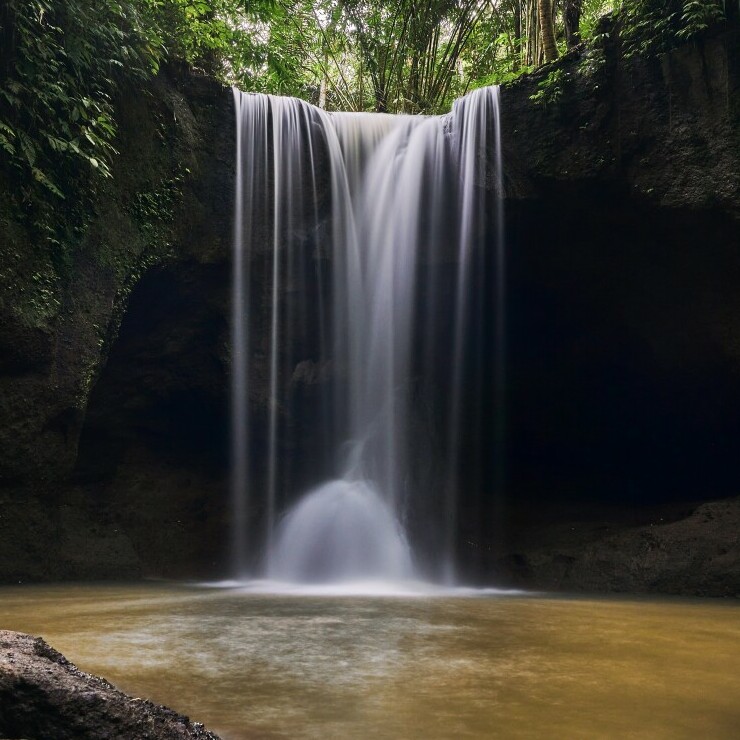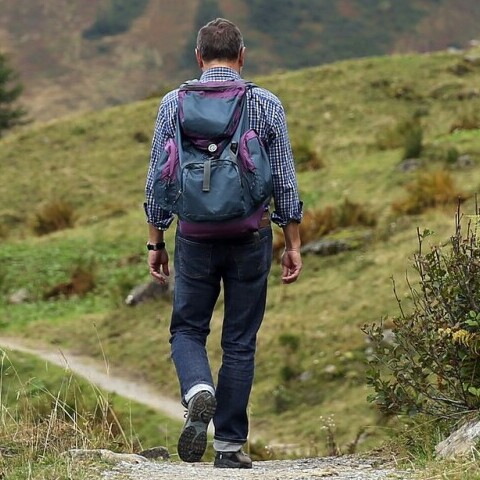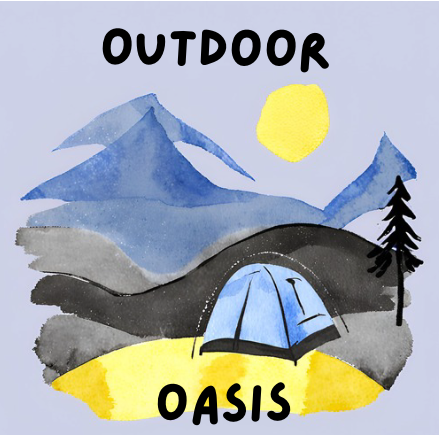 Leave No Trace principles are like the golden rules of outdoor adventure, ensuring we enjoy nature while keeping it pristine. These principles outline practical ways to minimize our impact on the environment. They’re not just for hardcore backpackers; anyone who spends time outside can benefit from following them.
Leave No Trace principles are like the golden rules of outdoor adventure, ensuring we enjoy nature while keeping it pristine. These principles outline practical ways to minimize our impact on the environment. They’re not just for hardcore backpackers; anyone who spends time outside can benefit from following them.
The Leave No Trace movement started back in the 1960s with the U.S. Forest Service, aiming to protect the growing number of visitors flocking to public lands. By the 1990s, it had evolved into a comprehensive set of guidelines embraced by outdoor enthusiasts, from hikers to campers and beyond.
At the heart of Leave No Trace are values like respect for nature and responsibility for our actions. It’s about recognizing that our presence matters. Whether you’re on a weekend hike or a month-long expedition, the principles encourage us to think about how we interact with the natural world. This mindset shift is key to preserving the beauty and integrity of our outdoor spaces.
The Seven Principles of Leave No Trace

Leave No Trace isn’t just a catchy phrase; it’s a set of seven practical guidelines. These principles help us reduce our impact when we venture out into nature.
Plan Ahead and Prepare: Preparation is crucial. Know the rules, understand the area’s environment, and make sure you have the right gear and knowledge to handle emergencies.
Travel and Camp on Durable Surfaces: Stick to established trails and campsites. This helps avoid damaging fragile ecosystems and prevents soil erosion.
Dispose of Waste Properly: Follow the pack-in, pack-out rule. If you bring it in, take it out. This means all trash, leftover food, and even toilet paper. Carrying out your waste preserves the landscape for everyone.

Leave What You Find: Resist the urge to take souvenirs. Taking plants, rocks, or other natural objects disrupts the ecosystem. Plus, it leaves the landscape as beautiful for the next visitor as it was for you.
Minimize Campfire Impact: When possible, use a camp stove instead of a fire. If you must have a fire, keep it small, and use existing fire rings. Always make sure it’s completely out before you leave.
Respect Wildlife: Observe animals from a distance and do not feed them. Feeding wildlife can make them dependent on humans and disrupt their natural behaviors.
Be Considerate of Other Visitors: Keep noise levels down and be mindful of the space and experience of others. Yield the trail to others and avoid taking shortcuts that can cause trail damage.
Practical Applications of Leave No Trace Principles

Leave No Trace principles aren’t just rules on paper; they come to life when we actually use them in our outdoor adventures. Here’s how you can apply them in real-world scenarios, making every trip a part of the solution, not the problem.
On popular trails, like those in national parks, it’s easy to see the wear and tear from heavy use. Stick to marked paths and camp in designated areas to lessen your impact. On day hikes, pack a trash bag and pick up any litter you find. It might seem small, but it makes a big difference when everyone pitches in.
Heading out on a backpacking trip? Plan your route carefully and avoid areas that are off-limits to minimize disruptions to wildlife habitats. Always carry a lightweight shovel to bury human waste at least 200 feet from water sources and trails.

Different environments, like deserts, forests, and mountains, require different approaches. In deserts, avoid stepping on living soil crusts, which can take decades to recover. In forests, spread out your group to avoid creating new trails. In mountain areas, use rocks or established campsites to prevent damaging alpine plants.
Think about your water use too. In arid areas, plan your water carefully to avoid overuse of local sources. Carry a collapsible basin for washing dishes and yourself away from water sources to prevent contamination. Also, try using biodegradable soap to lessen chemical impact on nature.
Teaching kids the Leave No Trace principles on family outings can instill lifelong values. Make it a game to see who can find the most trash or identify different types of durable surfaces. Encourage them to respect wildlife by watching animals quietly and from a distance.
The Importance of Leave No Trace in Today’s World

We’re living in a time when more people are hitting the trails and exploring outdoor spaces more than ever before. This surge in nature’s popularity brings a bigger responsibility to ensure our natural habitats remain untouched and wild.
Each little action adds up. When millions of people leave even small traces, the combined effect can be devastating. Erosion, plant damage, and litter can ruin the pristine beauty of these spaces. Adhering to Leave No Trace principles helps to mitigate these negative impacts.
Environmental impact and sustainability are at the forefront of many conversations today. By practicing Leave No Trace, we’re actively participating in protecting fragile ecosystems. This means cleaner water sources, healthier wildlife populations, and more robust plant life.

Outdoor recreation provides an avenue for education and awareness. When we follow these principles, we’re not just preserving nature, we’re also modeling and spreading environmentally friendly behaviors to others. It creates a culture of respect and conservation.
Think about the future. Following Leave No Trace principles ensures that future generations can also experience the tranquility and beauty of nature. It’s about leaving a legacy that fosters appreciation and stewardship of our natural world.
How to Get Involved and Promote Leave No Trace
Educating yourself and others about Leave No Trace principles is a great start. There are numerous online resources, workshops, and courses available that can deepen your understanding and offer practical tips. Becoming well-versed in these principles helps you practice them confidently and teach others.

Consider volunteering with local conservation organizations or park services. Many groups organize clean-up events, trail maintenance, and educational programs that need volunteers. It’s a hands-on way to make a positive impact and meet like-minded people.
Community involvement can be a powerful tool for promoting Leave No Trace. Share what you know with friends, family, and fellow outdoor enthusiasts. Social media is also a great platform to spread awareness. Posting pictures and tips about your eco-friendly adventures can inspire others to follow suit.
If you’re part of a school, scout troop, or community group, consider organizing or participating in Leave No Trace workshops or events. These can be tailored to different audiences, from kids to adults, making the principles accessible and engaging for everyone.
Advocacy matters too. Supporting policies and initiatives that protect natural areas can amplify your efforts. Stay informed about local and national environmental issues, vote for conservation measures, and encourage those around you to do the same.
Happy Camping!
Graham

